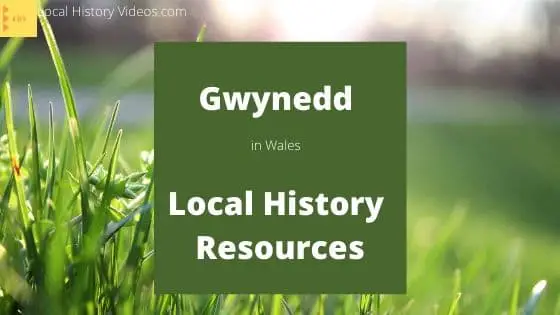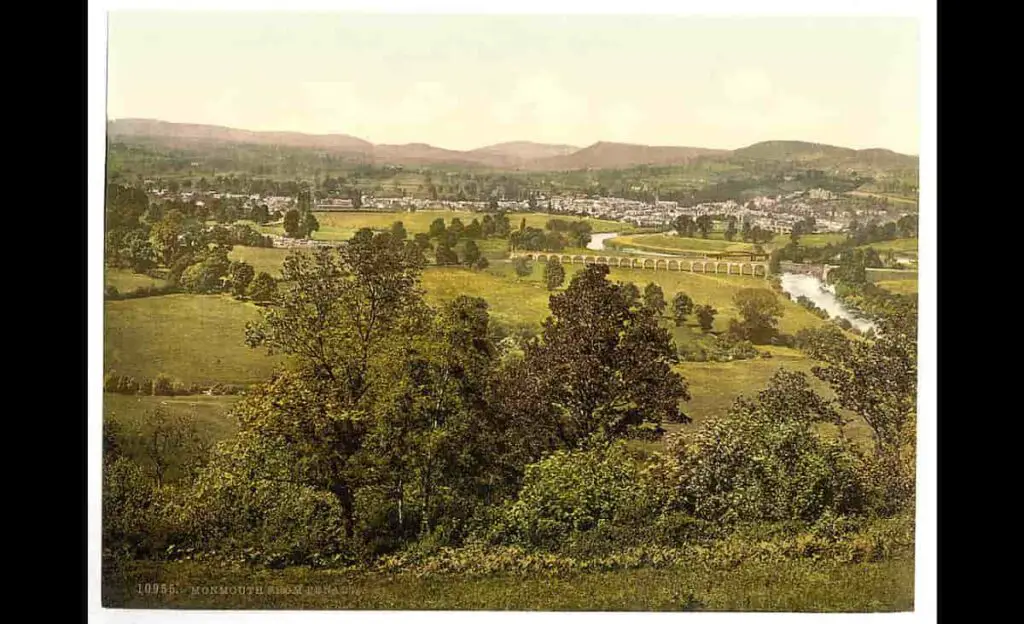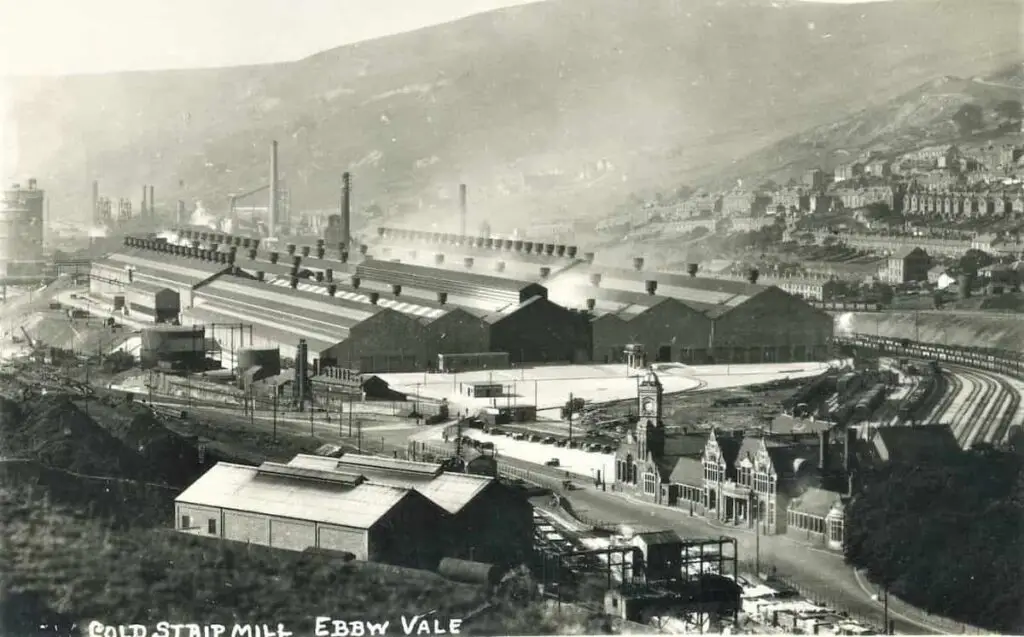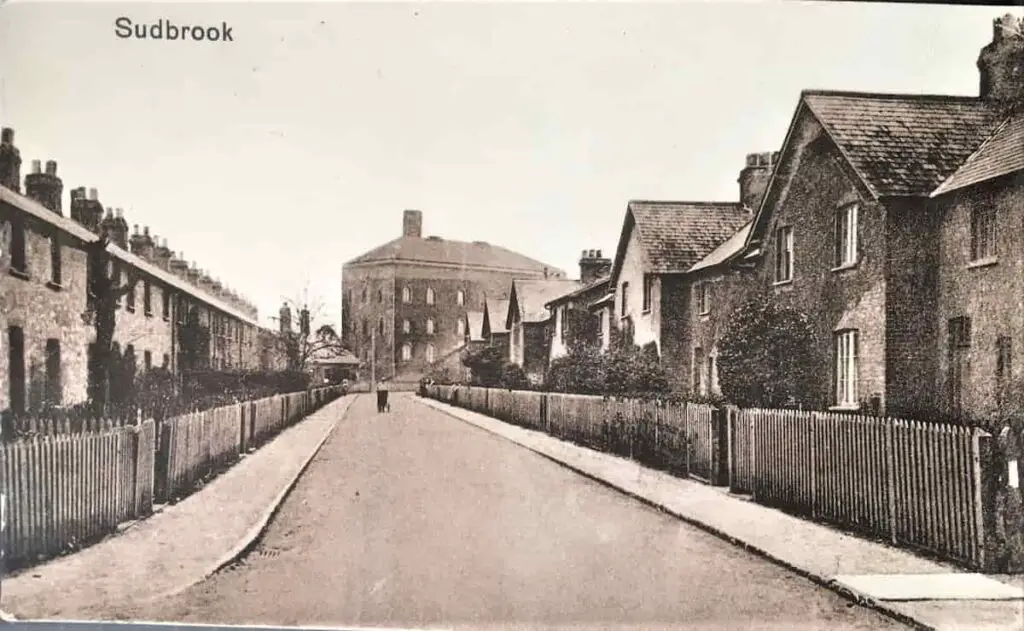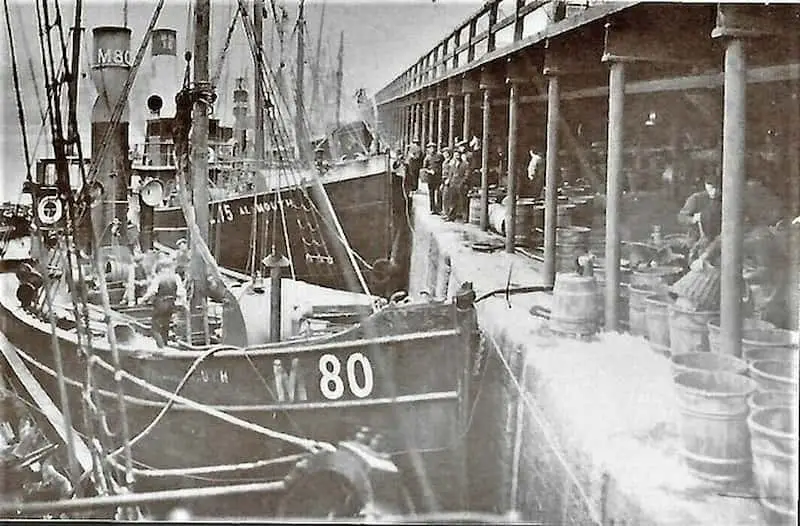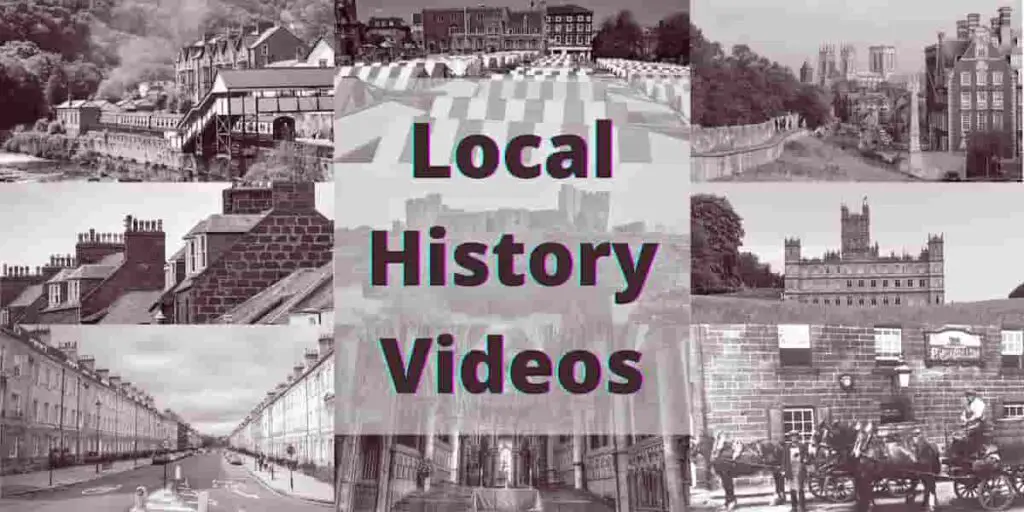Home to most of Snowdonia National Park and a population of roughly 125,000 people, Gwynedd is a peaceful and beautiful county. But its castles and industrial heritage centres are a constant reminder that its past residents often did not live in a rural idyll.
Towns In Gwynedd
The university and cathedral city of Bangor is one of the smallest cities in the UK, with university students making up the majority of the local population.
The county of Gwynedd is also home to the following towns:
- Bala
- Barmouth
- Bethesda
- Blaenau Ffestiniog
- Caernarfon
- Criccieth
- Dolgellau
- Ffestiniog
- Harlech
- Nefyn
- Porthmadog
- Pwllheli
- Tywyn
Gwynedd Local History On Facebook
Facebook pages and groups are a fantastic resource. People share old photographs and films, memories and information.
- Bethesda, Gwynedd, Wales; its history and families
- Cymdeithas Hanes Teuluoedd Gwynedd /Gwynedd Family History Society
- THE HISTORY OF WALES
Gwynedd Archive Service
Collections of the Gwynedd Archive Service, part of Gwynedd Council, are held at two record offices:
- Caernarfon Record Office (LL55 1SH)
- Meirionnydd Record Office (LL40 2YF)
In addition, the archives hold some records online for remote access.
Gwynedd Family History Society
You can contact Gwynedd Family History Society by post, email and via the website www.gwyneddfhs.org. The society produces a regular journal, supports all members with an interest in family history in the area, and undertakes work on local records to maintain and digitise them.
Gwynedd Archaeological Trust
Established in 1974, Gwynedd Archaeological Trust maintains historic environment records and provides advice to public bodies.
Caernarfon Castle
Built not far from a Roman fort, the first motte-and-bailey castle at Caernarfon was made of wood and used soon after 1088.
In 1293 Edward I ordered the construction of a stone castle to replace the existing structure.
As the administrative centre of North Wales, the castle and its town were built on an impressive scale. Although the castle itself just took an astonishing five years to build, completion of the town walls took until 1330. In addition, some planned aspects, such as the King’s Gate, were never completed.
Edward II was born at Caernarfon on 25 April 1284. He became the first Prince of Wales in 1301, with control over Wales and its incomes.
Caernarfon Castle found itself under siege and attacked several times in the first 350 years. After the end of the english Civil War, it was never used for warfare again and fell into disrepair.
Much of the buildings within the castle walls have disappeared. However, the curtain wall and towers still stand. Therefore, Caernarfon was added to the UNESCO list of World Heritage Sites in 1986.
In June 1960 the Royal Welch Fusiliers Museum opened inside Caernarfon Castle.
Llechwedd Slate Caverns
Located near Blaenau Ffestiniog in Gwynedd, Llechwedd Slate Caverns offer a glimpse of the historic slate quarrying industry. The Llechwedd Deep Mine Tour has the steepest narrow gauge railway in the UK and travels over 500 feet underground to the disused slate caverns, Meanwhile the Quarry Explorer Tour heads out to the furthest reaches of the Llechwedd site to explore the history of mining in the area.
Lloyd George Museum
Prime Minister from 1916 to 1922, Lloyd George was a notable politician who is still remembered today. The Lloyd George Museum operates in his childhood home.
Mary Jones World
In the year 1800, 15 year old Mary Jones walked 26 miles to buy a rare Welsh language bible from Thomas Charles.
This heritage centre informs visitors about Mary Jones, Thomas Charles, and the growth of the British and Foreign Bible Society.
National Slate Museum
Located at the disused Dinorwic slate quarry, within the Padarn Country Park, Llanberis, Gwynedd, this visitor centre makes use of the 19th-century workshops to commemorate an industry which once employed 17,000 Welsh men.
Penrhyn Castle
Although much of the current mock-castle house was built between 1822 and 1837, a staircase from the previous manor house, which was crenellated under licence in 1438, is still intact.
Penrhyn Castle Railway Museum
One of the attractions of National Trust property Penrhyn Castle, the railway museum houses narrow-gauge locomotives and other artifacts from the age of steam.
Segontium
Founded by Agricola, the Roman fort of Segontium was garrisoned by Roman auxiliaries from present-day Belgium and Germany until the end of the Roman occupation of Britain. Visitors can find the site on the outskirts of Caernarfon and see the foundations.
Sygun Copper Mine
The Sygun Copper Mine was part of an important mineral industry throughout the industrial revolution, but closed in 1903. Since the 1980s the site has been run as a private tourist attraction, and offers a museum and art gallery in addition to visits into the mine.
Tŷ Siamas
In 2007, the former market hall in Dolgellau, following renovation and development, became home to Tŷ Siamas, the National Centre for Folk music.
More pahes about Wales
- Old Images of Monmouth, Wales
- Old Images of Blaenau Gwent, Wales
- Old Images of Monmouthshire, Wales
- Old Images of Pembrokeshire, Wales
- Old Images of Llanybydder, Wales
Back to Local History Videos home page

